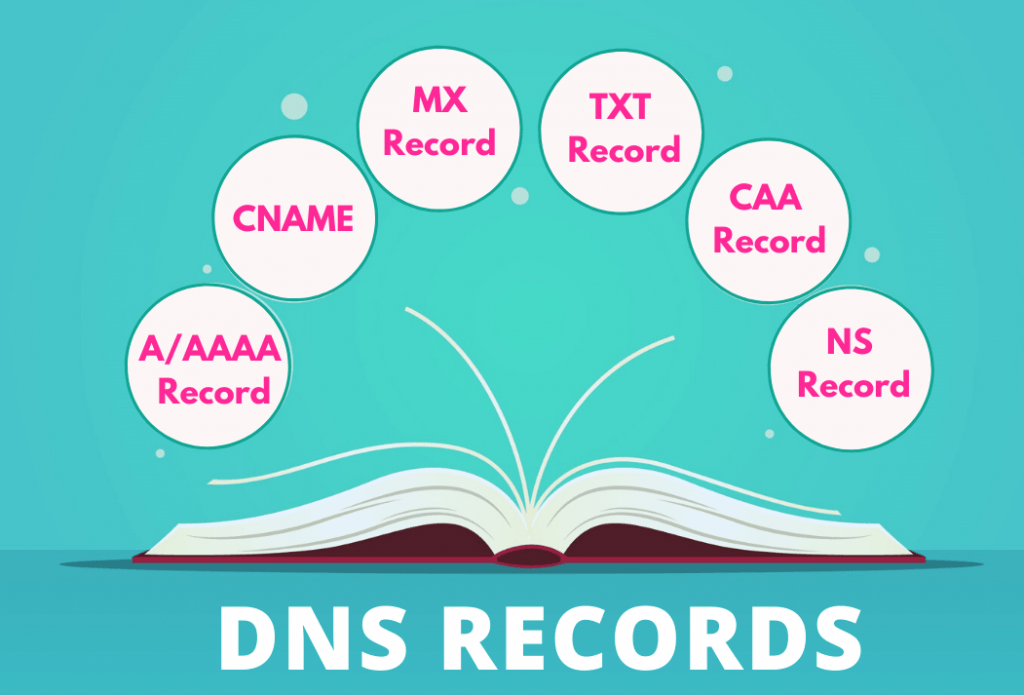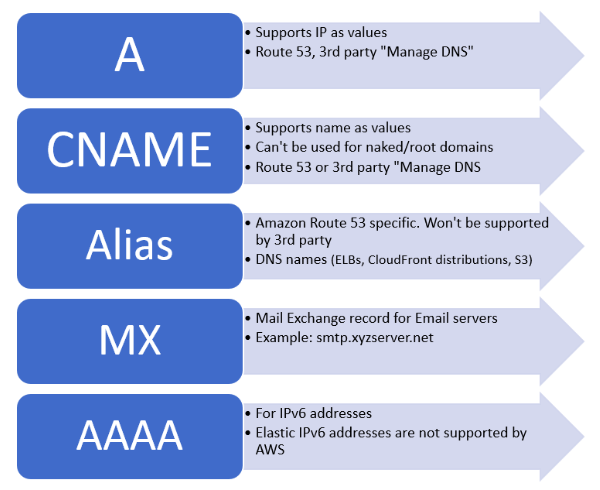What are DNS records?

The Domain Name System (DNS) is a crucial component of the internet infrastructure, translating human-readable domain names into machine-readable IP addresses. Without DNS, we would have to memorize the IP addresses of every website we want to visit, which would be a daunting and impractical task. However, behind the scenes, DNS is a complex system that involves multiple components, including DNS records.
DNS records are a critical aspect of the DNS system. They contain information about a domain name, such as the IP addresses associated with it and the servers responsible for handling DNS queries related to that domain name. In this article, we will explore DNS records in detail, including their types, how they work, and their importance in maintaining a stable and secure internet infrastructure.



Types of DNS Records
There are several types of DNS records, each with a specific purpose. Some of the most common types of DNS records include:
A Record: An A record maps a domain name to an IP address. For example, if you type in “google.com” into your web browser, your computer uses DNS to translate that name into an IP address like “172.217.6.110” to connect to Google’s servers.
MX Record: An MX record is used to identify the mail servers that are responsible for handling emails sent to a domain. When someone sends an email to a domain, the MX record tells the email client where to send the message. This helps to ensure that emails are delivered to the correct destination.
CNAME Record: A CNAME record is used to create an alias for a domain name. For example, if you want to create a subdomain like “blog.example.com,” you can create a CNAME record that maps “blog” to the main domain “example.com.”
NS Record: An NS record identifies the authoritative name servers for a domain. These servers are responsible for handling DNS queries related to that domain. When you register a domain, you need to specify the name servers that will handle DNS queries for your domain.
TXT Record: A TXT record is used to store arbitrary text data in DNS. It is commonly used to store SPF (Sender Policy Framework) records, which are used to prevent email spoofing.



How DNS Records Work
DNS records are stored in DNS servers, which are distributed across the internet. When a client wants to access a domain name, it sends a DNS query to a recursive DNS server. The recursive DNS server then sends a series of queries to authoritative DNS servers, starting from the root DNS servers, until it gets the information it needs to resolve the query.
For example, suppose you type in “www.example.com” into your web browser. Your computer sends a DNS query to a recursive DNS server, which then sends a query to one of the root DNS servers. The root server responds with the address of the .com top-level domain (TLD) server. The recursive DNS server then sends a query to the .com TLD server, which responds with the address of the authoritative DNS server for example.com. The recursive DNS server sends a query to the authoritative DNS server, which responds with the IP address associated with the domain name. Finally, the recursive DNS server returns the IP address to your computer, which can then connect to the web server hosting the website.
Conclusion
Why are DNS Records so important, you ask. DNS records play a critical role in maintaining a stable and secure internet infrastructure. Without DNS records, it would be impossible to access websites and other internet services using human-readable domain names. DNS records also help to ensure that emails are delivered to the correct destination and that email spoofing is prevented.
Moreover, DNS records play a vital role in cybersecurity. Malicious actors can exploit weaknesses in DNS records to redirect traffic to fake websites or intercept emails.





